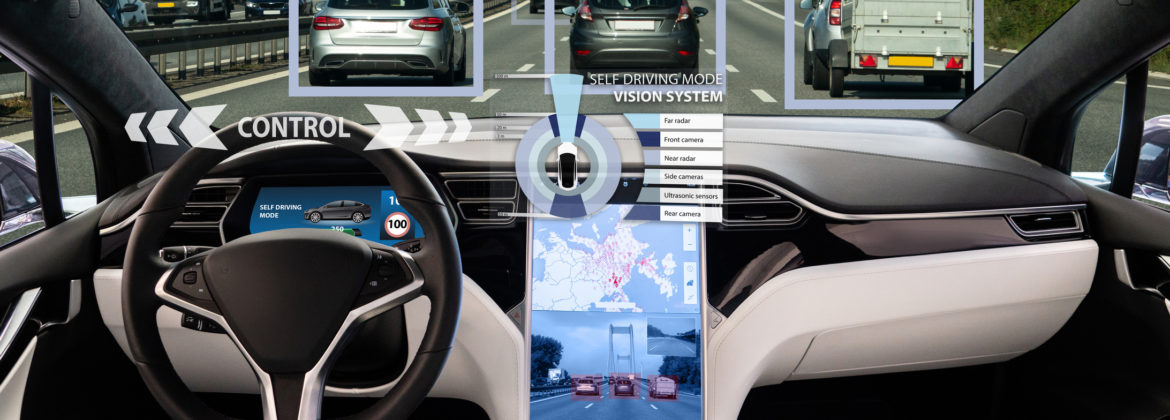Autonomous Cars Need To Fill In Gaps In Artificial Intelligence

Driverless cars won’t be feasible until it perceives like a human
Credit Waymo for being able to pull off a magnificent feat like being able to drive around the globe 400 times in terms of mileage its fleet has been able to cover autonomously. And kudos to the strides its competitors have made in recent years trying to get a self-driving car to market, many of whom displayed their works in progress at the recent Consumer Electronics Show in Las Vegas. But with more than half of respondents in a 2018 survey still reticent to get into one of these artificial intelligence-driven contraptions, the time horizon of autonomous vehicles is likely to be longer than projected.
Such a sentiment was echoed by Alvin Jude, a senior researcher in human-computer interaction, but that’s not the only obstacle that lies ahead. However, it’s central to how he believes a “computerized driver” should operate before reluctant passengers are willing to ride along. In short, they need to think like humans.
“How do we create self-driving cars that people want to get into, regardless of whether or not they need to?” he asked in a blog issued by technology firm Ericsson, which specializes in the delivery of 5G platforms. “That’s easy. We simply need to design them with the passenger experience in mind.”
Achieving that goal would apparently involve gathering mounds of data already achievable through vehicular connectivity and then processing that data in such a way that artificial intelligence would interpret that information that matches the human thought process.
One example Jude uses is the image of a cup. While we can only see one side of a cup while looking at it, we have a pretty good idea of what the other side would look like. At this point, the technology for autonomous vehicles isn’t at that level yet. Once it’s able to, that type of perception would be handy for assessing obstacles on the road, such as an oncoming vehicle or freight that’s accidentally fallen off a truck.
Jude also says that data should also be processed to allow autonomous vehicles to navigate with a more allocentric type of visual perception, as in a big-picture perspective. That would run counter to an egocentric type of perception, best defined as a first-person perspective that’s not as wide.
Then there’s the element of how much detail would be needed for autonomous vehicle intelligence to identify its surroundings. That amount of detail could be limited to identifying anything in the car’s navigational path, although the argument persists that such detail shouldn’t be that limited.
–